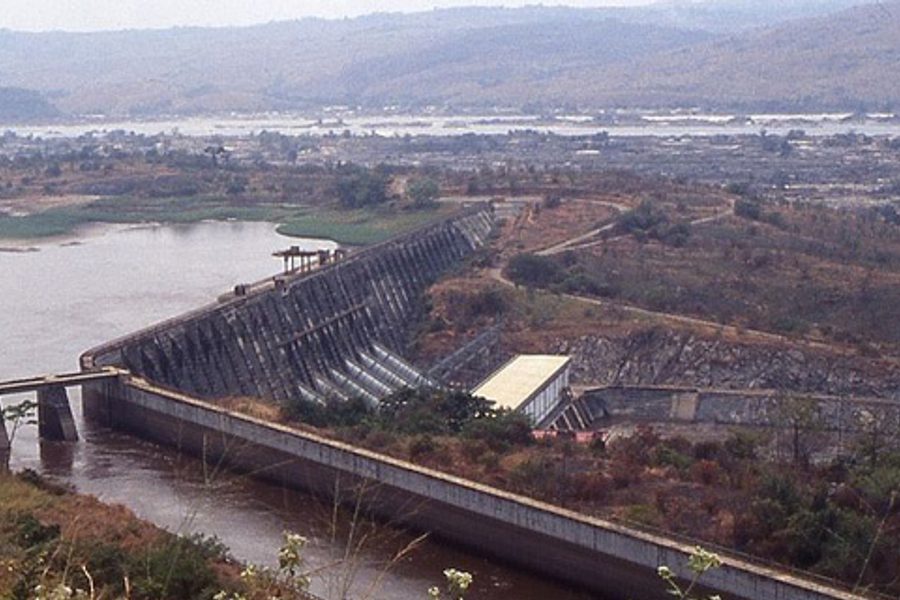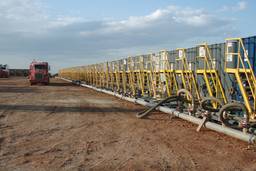
In the September issue of World Rivers Review, Peter Bosshard reports that the World Bank, that bastion of neoliberal development policy run by a U.S.-nominated president, has declared that it will again fund enormous dam construction projects in developing countries. The World Bank elected to forgo “nearly two decades of caution” to pour billions of dollars into a new generation of “mega-dams,” concentrating on projects in the Congo, the Himalayas and the Zambezi Basin.
According to Bosshard, these mega-dams have proved disastrous in the past for the people and wildlife living around them. He points out:
The Inga 1 and 2 dams on the Congo River illustrate the sorry experience with past large dam projects in Africa … 85% of the electricity in the Democratic Republic of Congo is used by energy-intensive consumers but less than 10% of the population has access to electricity. Instead of offering a shortcut to prosperity, such projects have become an albatross on Africa’s development. Large dams have also helped turn freshwater into the ecosystem most affected by species extinction.
And yet, Bosshard continues:
The World Bank has identified the $12 billion Inga 3 Dam on the Congo River—the most expensive hydropower project ever proposed in Africa—and two other multi-billion dollar schemes on the Zambezi River as key examples of its new approach. All three projects would primarily generate electricity for mining companies and middle-class consumers in Southern Africa. NGOs working on energy poverty are alarmed at the megaproject approach being taken in one of Africa’s poorest, most corrupt countries.
Bosshard also cites a report by the International Energy Agency, which states that trying to boost electricity access for poor people in rural Africa through an integrated grid like a dam is not cost-effective, especially in comparison with wind and solar power initiatives.
So, if the World Bank-funded dams likely won’t help poor people in Africa, why the decision to finance them in the first place? After all, as International Rivers Executive Director Jason Rainey points out, the World Bank itself backed a report in 2000 that found evidence for the harmful effects of major dams around the world.
Wait, this is a bank. With a policy to address the needs of poor people. Yet it’s apparently catering to the desires of middle-class consumers and giant corporations? Never mind. Business as usual.




